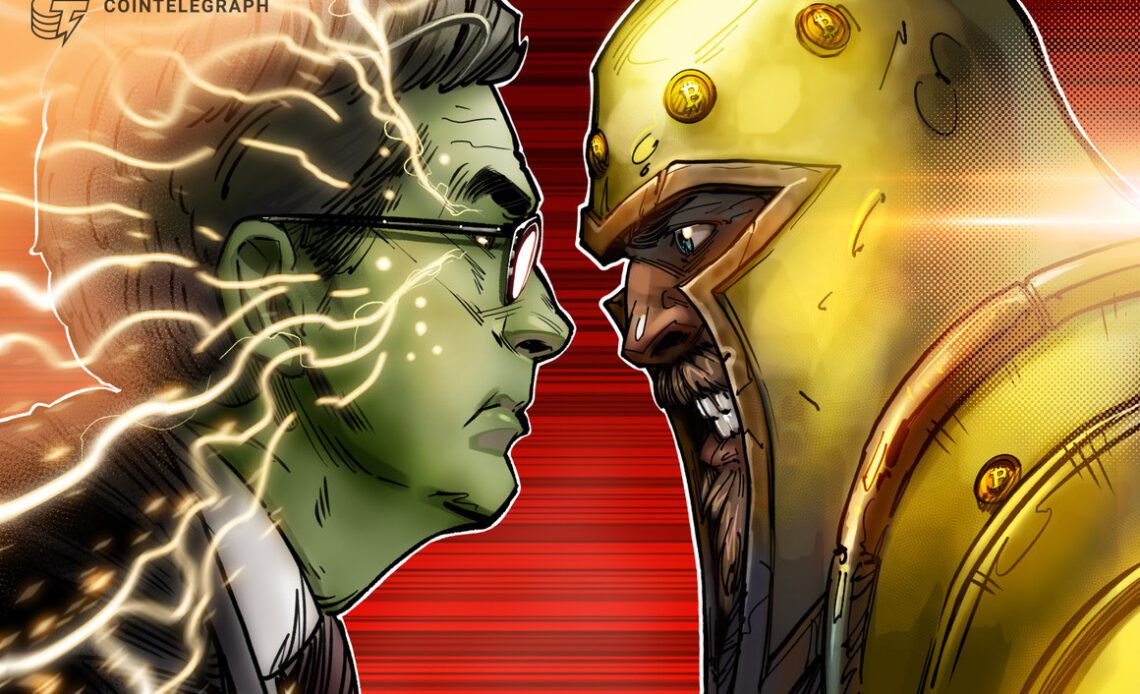Much like a pandemic, inflation has spread throughout the world, clouding the future with dark uncertainty.
Disagreement over how to best manage soaring prices in the United Kingdom nearly caused its economy to collapse and subsequently led to the resignation of Prime Minister Liz Truss after just 44 days in office. Currently, at least 10 emerging economies are hyperinflationary, with more expected to follow. And the Federal Open Market Committee (FOMC), the part of the U.S. Federal Reserve responsible for keeping prices stable, just announced higher interest rate hikes in the midst of a return to positive gross domestic product — signaling continuing inflation troubles ahead.
The worldwide struggle to reduce inflation is tangible evidence that yesterday’s central bank tools are inadequate for today’s monetary problems. But hope for a brighter, sustainable tomorrow might be found in a technology least expected by policymakers: blockchains.
As the world’s de facto reserve currency, all countries rely on U.S. dollars for trade. When times are good, that seems to suit everyone just fine. But during times of high inflation, the purchasing power of dollars falls sharply, forcing other countries to buy more dollars to maintain stability. And yet, periods of high domestic inflation are exactly what compel the Fed to reduce dollar liquidity via interest rate hikes — effectively encumbering international dollar-buying. This dilemma between easing domestic inflation pressures while meeting the liquidity needs of the world is called the Triffin dilemma, and it arises whenever a credit-based national currency, like the U.S. dollar, is used as a global reserve.
Related: Jerome Powell is prolonging our economic agony
In practical terms, Triffin-impaired monetary policy causes financial crises originating in advanced developed countries to rapidly spread across the world. (The Triffin Dilemma does not spark high inflation in advanced economies; instead, it acts as an accelerant, like gasoline, that spreads high inflation everywhere, rapidly.) These crises disproportionately harm the poor, dramatically erasing many of the advancements in equity, economic security, and poverty reduction made during boom years, invariably causing global growth to end in global bust. This repeating boom-bust cycle, where great steps backward are made after every leap forward, highlights the critical need to reform and modernize our international monetary system.
Interestingly, we…
Click Here to Read the Full Original Article at Cointelegraph.com News…
























